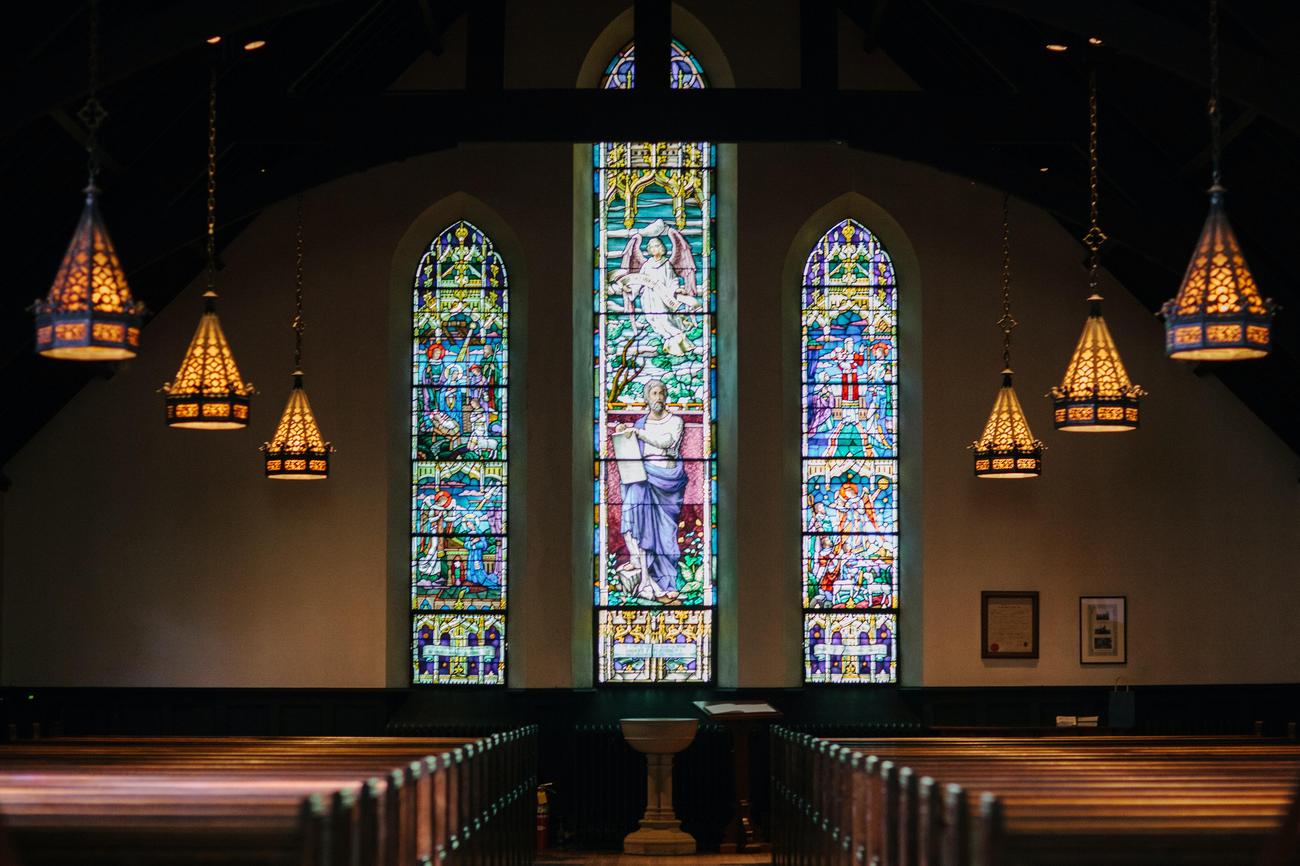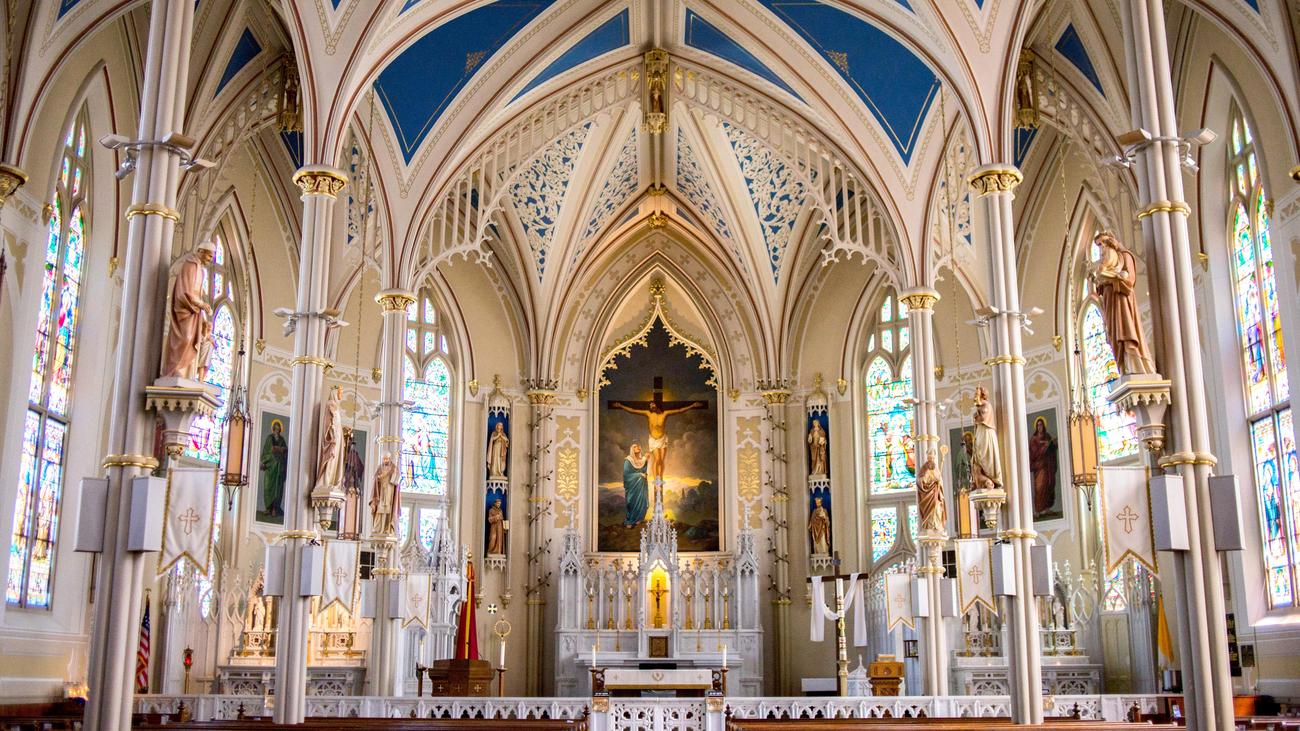Unveiling the Magnitude: How Big was the Church of Ephesus? As an experienced historian specializing in ancient civilizations, my research has led me to explore the magnificent Church of Ephesus and its imposing scale. Delving deep into the annals of history, this article seeks to shed light on the physical dimensions and awe-inspiring grandeur of this architectural marvel. With a meticulous analysis of archaeological findings and historical documents, we will uncover the secrets of this ancient religious monument, revealing its monumental size and cultural significance in the ancient world.

How Big was the Church of Ephesus
Imagine standing in the ancient city of Ephesus, surrounded by towering columns and the remnants of a once-majestic structure. The Church of Ephesus, a symbol of religious devotion and cultural significance, was a truly remarkable edifice in the ancient world. As an experienced historian specializing in ancient civilizations, I have delved into the history of early Christianity and the grandeur of this architectural masterpiece. Join me as we unveil the magnitude of the Church of Ephesus and explore its awe-inspiring dimensions.
The Church of Ephesus was a colossal structure, measuring 115 meters in length and 55 meters in width. Just envision the sheer scale of this magnificent building, with its impressive size rivaling that of many modern-day cathedrals. But it wasn’t just the dimensions that made the church extraordinary.
This architectural marvel boasted 127 towering columns, each measuring 1.2 meters in diameter and reaching a height of 19 meters. These columns lined the sides of the church, adding a sense of grandeur and stability to its design. It’s hard to fathom the sight of these colossal pillars, standing tall and proud, bearing witness to centuries of history.
It is believed that the Church of Ephesus was first constructed around 400 B.C., during the reign of the Persian Empire. However, tragedy struck soon after its completion. Legend has it that the church was set ablaze on the very night Alexander the Great was born. Despite this devastating event, the church was immediately rebuilt, a testament to the unwavering devotion of the early Christians.
The reconstructed church was an architectural marvel. It had the capacity to accommodate an astounding 24,500 individuals, reflecting the profound impact and influence of Christianity in the ancient city of Ephesus. One can only imagine the congregation gathering within these hallowed halls, their voices echoing through the vast space, as they worshiped and celebrated their faith.
The Church of Ephesus holds a prominent place in history, considered one of the seven wonders of the ancient world. Christianity flourished in Ephesus, with the Apostle Paul himself spending three years in this city, spreading the teachings of Christ. Ephesus was not only known for its Christian significance but also for its fervent worship of Artemis, the Greek goddess of the hunt. The annual games held in her honor added to the city’s cultural richness and attracted people from far and wide.
However, Ephesus eventually came under Roman control, and over time, its glory waned. The decline of the city marked the end of an era, but the ruins that remain today offer a captivating glimpse into its former grandeur. Designated as a UNESCO World Heritage site, the ruins of Ephesus draw countless visitors who are eager to witness the remnants of a once-thriving ancient city and its remarkable Church.
In conclusion, the Church of Ephesus was a magnificent structure that stood as a symbol of religious devotion and cultural significance. Its immense size and impressive columns leave us in awe of the architectural brilliance of the ancient world. The church’s dimensions, history, and cultural importance make it a captivating subject for historians and enthusiasts alike. So, come join me on this journey of discovery as we unravel the secrets of the Church of Ephesus and immerse ourselves in the splendor of its past.
“The Church of Ephesus, with its colossal size and towering columns, served as a testament to the devotion and cultural significance of early Christianity in the ancient world.”
The Church of Ephesus is a fascinating piece of history that holds many secrets and stories. If you’re curious about uncovering the captivating facts about the Church of Ephesus, look no further. Click here to explore a treasure trove of knowledge and dive deep into the mysteries that lie within.
facts about the church of ephesus
The Church of Ephesus was a growing community in the first century, led by the Apostle John. However, their belief in Jesus as the resurrected Savior of the world clashed with the worship of the many gods of the Roman Empire, including Caesar. As a result, John was imprisoned on the island of Patmos, where Jesus suddenly appeared to him with a vision that mapped out the end of time. This vision, known as the revelation of Jesus Christ, is the final book in the Bible.
[youtube v=”JpJ-IWw5_Mc”]
The book of Revelation speaks of a terrible future for the world and mankind, culminating in judgment and God’s wrath being poured out on the earth. However, it also reveals a yet future time of restoration and peace, where suffering and tears will cease. Before delving into these grand themes, the book begins with seven personal letters to seven first-century churches within modern-day Turkey.
The first letter is to the Church of Ephesus. In this letter, Jesus commends the church for their works, labor, patience, and intolerance of evil. They have tested false apostles and remained steadfast in their faith. However, Jesus also has a grievance against them – they have left their first love. He urges them to remember from where they have fallen and to repent and return to their first works. If they do not, their lampstand, symbolic of their church, will be removed.
Modern-day visitors to Ephesus come from all over the world to view the impressive relics and buy souvenirs for their loved ones. However, in the first century, people came to Ephesus for a different reason. It was a world-class city, comparable to New York or Paris, and the center of the cult worship of Artemis. The followers of Jesus Christ thrived in this pagan environment, with prominent figures like Paul, the Apostle John, and Timothy taking part in the early church’s growth.
The city of Ephesus was cosmopolitan and affluent, thanks to its status as a port city. Trade routes on land ended in Ephesus, making it a thriving hub of commerce. The Agora, or marketplace, was the most important trade center, where goods from all over the known world were sold. It was a place of social gathering and interaction, akin to a mall on steroids.
However, navigating life in Ephesus was a challenge for early Christians. At the entrance to the Agora, worshippers were required to take a little incense and drop it in the incense burners as an act of loyalty to the Emperor. This act was difficult for Christians, as it conflicted with their faith.
In addition to the marketplace, Ephesus was known for its worship of pagan deities. There were fourteen temples in the city, but none rivaled the massive temple dedicated to Artemis. The temple, one of the Seven Wonders of the World, was the center of worship and pervaded every aspect of life. Celebrations often ended in orgies and rampant sexual immorality.
Another challenge for early Christians was the worship of the Emperor Domitian. The Church of Ephesus lived under the shadow of this seduction, as the Emperor demanded that all citizens worship and praise him as God. The presence of demons and demon activity also added to the unsettling reality for Christians in Ephesus.
Despite these challenges, Paul urged the Church of Ephesus to live lives that embodied forgiveness, love, compassion, and honor. They were to be obedient to those in authority and raise their children in the admonition of the Lord.
The Church of Ephesus serves as a reminder that even in the midst of a pagan and hostile environment, it is possible for a community of believers to thrive and remain faithful to their beliefs. Their story is a testament to the enduring power of faith and the transformative love of Jesus Christ.

FAQ
Question 1: What were the dimensions of the Church of Ephesus?
Answer 1: The Church of Ephesus was an impressive structure, measuring 115 meters long and 55 meters wide. It was a sizable edifice that showcased the grandeur of ancient architecture.
Question 2: How many columns did the Church of Ephesus have?
Answer 2: The Church of Ephesus boasted a remarkable 127 columns, each measuring 1.2 meters in diameter and towering 19 meters tall. These columns added to the majestic appearance of the church.
Question 3: When was the Church of Ephesus initially built and what happened to it?
Answer 3: The Church of Ephesus was constructed around 400 B.C. However, it was tragically destroyed by fire on the night Alexander the Great was born. Remarkably, it was immediately rebuilt and restored to its former glory.
Question 4: How many people could the Church of Ephesus accommodate?
Answer 4: The reconstructed Church of Ephesus had an impressive capacity of 24,500 persons. This vast space allowed for a significant congregation to gather for religious ceremonies and events.
Question 5: Is the Church of Ephesus considered one of the wonders of the ancient world?
Answer 5: Yes, the Church of Ephesus is indeed regarded as one of the seven wonders of the ancient world. Its architectural splendor and cultural significance have solidified its place among the most remarkable structures of antiquity.
- Unveiling the Enigma: Mansoureh Khojasteh Bagherzadeh’s Public Appearances & Private Life in Iran - July 18, 2025
- Unveiling the Mystery: Mansoureh Khojasteh Bagherzadeh’s Husband: A Rare Glimpse into a Private Life - July 18, 2025
- Unveiling Masoud Khamenei’s Mother: Power, Influence, and Iran’s Future - July 18, 2025
















